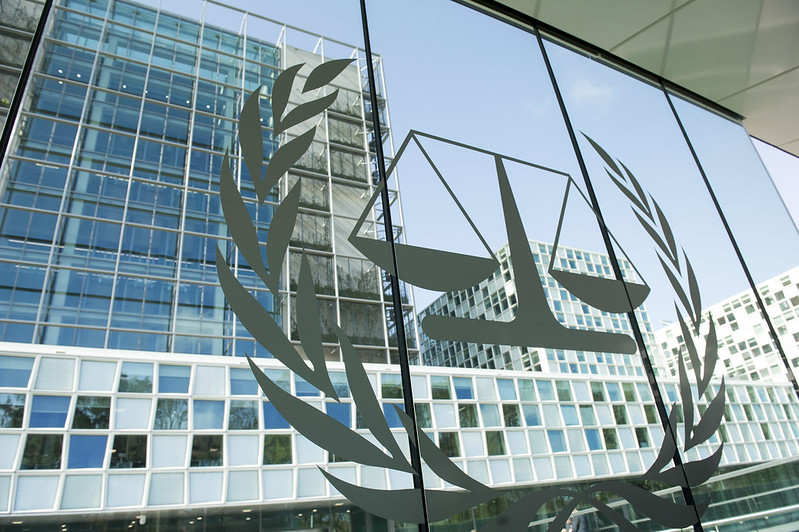On 31 March 2022, the Human Rights Council adopted resolution 49/9 on the Prevention of Genocide, stating that it is ‘Deeply concerned that misuse of new technologies, in particular social media platforms, can amplify hate speech and contribute to national, ethnical, racial or religious polarization’. It further requested the Secretary-General, inter alia, to present to the Human Rights Council a report based on information provided by States and other stakeholders on the implementation of the provisions of the present resolution, with a particular focus on the ‘impact of technological advances on prevention of genocide efforts, and on the risks of the perpetration of genocide’. The report will be presented to the Human Rights Council at its fifty-third session, as well as the General Assembly.
In preparation of the report, the UN Office on Genocide Prevention and the Responsibility to Protect and the UN Office of the High Commissioner for Human Rights, requested input from civil society. Our Programme on International Peace and Security (IPS) responded promptly, drawing on previous research carried out by ELAC Deputy Director and IPS Executive Director Federica D’Alessandra and IPS Visiting Scholar Ross Gildea on developments in technology and the risks and opportunities this poses for atrocity prevention activities.
This submission highlights the role that technology can play with respect to the prevention, commission, and accountability for mass atrocities. The first part addresses the need to carry out a systematic assessment of the impact of technology on states’ responsibilities under each of the three Pillars of R2P, precisely through the incorporation of a tech lens in our understanding of standards of conduct arising for states under each pillar. The second part of the submission provides an overview of some of the practical ways in which technology can be instrumental to bolster early warnings and accountability efforts. Finally, the third part is concerned with taking a closer look at some of the ways in which technologies affect key political and societal dynamics underpinning the commission of atrocities, and how these need to be better captured in key instruments for the operationalization of R2P, such as the UN Framework of Analysis for Atrocity Crimes given rapid developments in digital and cyber technology.
Read the full submission here.




